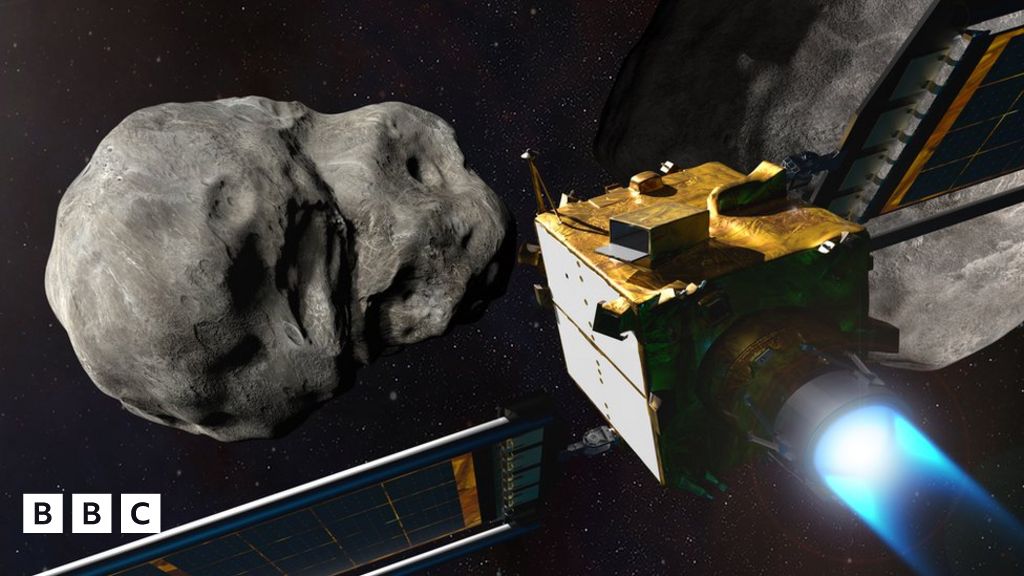- cross-posted to:
- [email protected]
- cross-posted to:
- [email protected]
Before reading the article I’m going to guess : debris from the impact is now reimpacting back on the main body, transferring back some of the momentum gained on the initial impact.
After reading: okay, this was a Newsround article so its target audience is children, and it’s honestly a decent write-up. It did include a similar hypothesis to mine, but said it was further slowing the asteroid after its initial slow down. That’s surprising to me because on its face it seems to violate conservation of momentum. So either there’s something more complicated going on (orbital mechanics can be counter intuitive), or the reporter got the wrong end of the stick somewhere (orbital mechanics can be counter intuitive)
“Behaving unexpectedly” means:
However, using their school telescope, a team of children and their teacher Jonathan Swift at Thacher School in California have found that more than a month after the collision, Dimorphos’ orbit continuously slowed after impact… which is unusual and unexpected.
As reported in the New Scientist, the team presented their findings at a meeting of the American Astronomical Society.
After discovering the unusual behaviour of Dimorphos, it’s likely that Nasa will have to factor in the high school’s findings, if they ever launch another asteroid redirection mission in the future.
“Shit I think we hit something! Pull over.”



